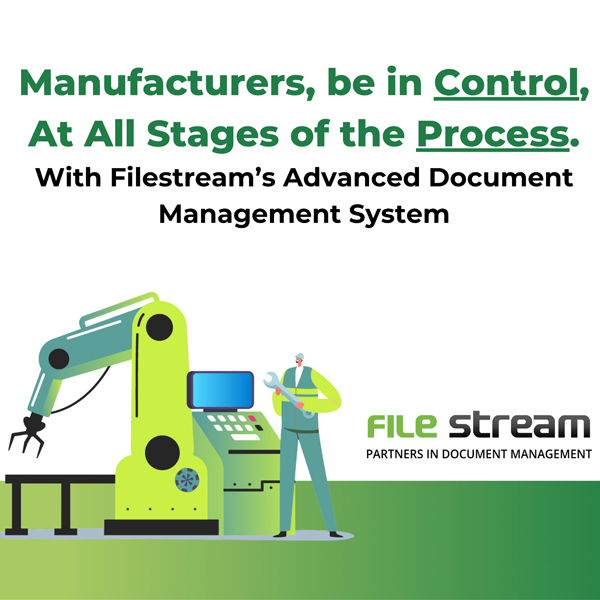

Looking to move staff on? Consider a settlement agreement – the HR Dept
Employers should consider a settlement agreement if they want to move staff on, says Peter Jones of the HR Dept
Employers are often reluctant to move on underperforming staff, or unsure of how to do so – but they needn’t be.
While grievance procedures, dismissal, and redundancy are options, they are often protracted processes. An alternative, quicker solution, which works in a number of situations to the satisfaction both of the employer and employee, is a settlement agreement.
Even where staff are underperforming, there can be a reluctance among employers to move them on, because of the time and resource this can take.
For longer serving staff, you might need to bring in a Performance Improvement Programme (PIP). For staff with less than two years’ service there can be some flex, but you still need to be careful before moving them on, because they might have additional protections, particularly if they have a medical condition.
A settlement agreement allows the employer to forego a formal process and more quickly dismiss a staff member, by offering an enhanced payment for the individual in return for them waiving their right to go to an employment tribunal.
Although a settlement agreement is a more expensive option for a business than redundancy, due to an enhanced payment made to the employee, the benefits are the process is much simpler and quicker.
Settlement agreements can be a solution for situations where an employer needs a quick resolution; where they might want to offer an enhanced payment for a long-serving employee; or where they would like to include additional confidentiality protection.
Another route, similar to a settlement agreement, is to use the Acas conciliation service and seek a COT3 agreement – a legally binding document used to settle an employment tribunal claim or potential claim, which outlines the agreed terms of the settlement between the employer and employee.
This has the same powers and sentiment as a settlement agreement, but is known as ‘employer-led conciliation’, via Acas.
If an employee doesn’t want to go down the settlement agreement or employer-led conciliation route, then other options – such as a formal performance management process, or a redundancy process – can be initiated.
The starting point for exploring a settlement agreement is through a protected conversation, which is a without prejudice, open discussion between an employer and employee where they explore the possibility of ending the employment relationship through a settlement agreement.
Peter Jones, managing director of the HR Dept Swindon & Wiltshire, works with businesses across Swindon, Chippenham, Hungerford, Marlborough, Calne, Devizes, Burford, Lechlade and Carterton.
Despite economic shifts businesses still struggle to hire, say recruitment experts
Read more23.10.2025
Businesses need to get ready for Employment Rights Bill – The HR Dept
Read more15.10.2025
Does AI write good employment contracts?
Read more17.09.2025
Statutory sick pay is changing – the HR Dept
Read more04.09.2025
Taking over a business? Be wary of employment rules – the HR Dept
Read more14.05.2025
Hospitality businesses need to watch new tipping laws – the HR Dept
Read more01.05.2025
Webinar will help businesses navigate employment law changes
Read more21.03.2025
It’s time to bring your staff back into the office – the HR Dept
Read more05.02.2025








